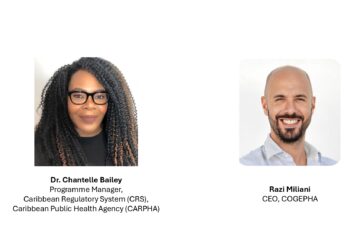This article was originally publish in International Alliance of Patients’ Organization
Patient Solidarity Day heightens the campaign against falsified medicines by “Fight the Fakes”
Thursday, 14 December 2017
One in ten medical products circulating in low- and middle-income countries is either substandard or falsified, according to latest WHO figures. It is estimated that somewhere between 72,000 and 169,000 children may die each year from pneumonia due to substandard and falsified antibiotics. But how many patients across the world really know and understand the enormous public health threat of falsified medicines?


